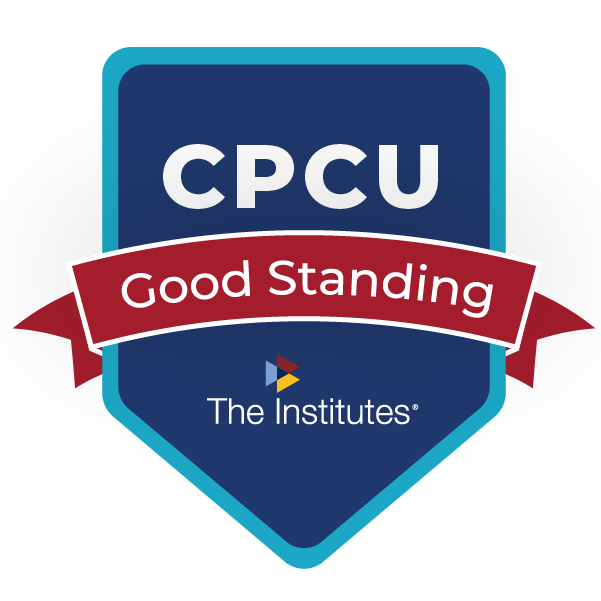Where’s the fourth bucket?
January 7, 2014 – Some seemingly sensible retirement planning ideas just don’t hold water when scrutinized.
Take Jane Bryant Quinn’s article, “Don’t Be Too Cautious,” appearing in this month’s AARP Bulletin for instance.
While the underlying premise of her article – allocating one’s retirement funds into a series of “buckets” designed to maximize retirement cash flow while protecting against loss – is well-intentioned, it leaves the reader with a false sense of the very security retirement is supposed to provide in the first place.
The web version of the article even carries the unfortunate and misleading headline “Securing Income for Life.”
In other words, her bucket has a hole in it.
Stocks and Risk
While stocks historically increase the value of one’s portfolio over long periods of time, they cannot be relied upon to deliver certainty, especially when it comes to timing their conversion to cash flow.
One of the more irresponsible passages surfaces in paragraph eight:
“By the time your bond bucket runs low, your bucket of stocks will have grown in value, maybe by a lot.”
Maybe your bucket of stocks will contain shares of companies managed by the same guys who ran Enron into the ground.
Maybe you won’t mind eating at soup kitchens or moving in with your kids if your stock bucket leaks.
Besides, how does Ms. Quinn know what stocks will or won’t do? Or when?
The article is filled with similar assumptions that stocks “will” increase at just the right time and this recommended bucket approach “could” make your retirement “potentially” greener “if” certain things come to pass.
But words like could, potentially and if are not synonyms for security.
Ms. Quinn knows this and should have done the 50-plus crowd a better service by apprising them of the inherent risks of her strategy.
Sure, it might work out but who wants to take chances with money they can ill afford to lose?
Just add a fourth bucket
Perhaps if she simply added a fourth bucket to the mix, one for annuities, she could legitimately classify this as a true “Securing Income for Life” strategy.
After all, outside of pensions and Social Security, life annuities are the only way to guarantee you will never run out of money.
Even the wisdom of the long-touted 4% draw down strategy she hangs her hat on throughout the article is being called into question as this Wall Street Journal article, “Say Goodbye to the 4% rule,” from last March illustrates.
We don’t disagree that Ms. Quinn’s suggestion has some potential.
We aren’t against incorporating stocks into one’s overall retirement strategy.
We just firmly believe that annuities have earned the right to be included in ANY conversation about assuring lifetime security in retirement and were disappointed such a respected author would omit them from an article in a periodical wielding such powerful influence.
Posted: January 7, 2014 | by dan | Category: Articles, Blog, Retirement, Structured Settlements


















